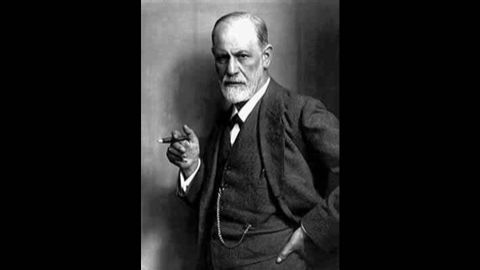
Subtitles & vocabulary
The importance of dreams (Carl Jung) [Part II]
00
Yi-Kang Ou Yang posted on 2015/06/02Save
Video vocabulary
process
US /ˈprɑsˌɛs, ˈproˌsɛs/
・
UK /prə'ses/
- Transitive Verb
- To organize and use data in a computer
- To deal with official forms in the way required
- Noun (Countable/Uncountable)
- Dealing with official forms in the way required
- Set of changes that occur slowly and naturally
A2TOEIC
More individual
US /ˌɪndəˈvɪdʒuəl/
・
UK /ˌɪndɪˈvɪdʒuəl/
- Countable Noun
- Single person, looked at separately from others
- A single thing or item, especially when part of a set or group.
- Adjective
- Made for use by one single person
- Having a distinct manner different from others
A2
More conscious
US /ˈkɑnʃəs/
・
UK /ˈkɒnʃəs/
- Adjective
- Aware of what is going on around you
- Intentionally done; deliberate.
A2
More mind
US /maɪnd/
・
UK /maɪnd/
- Verb (Transitive/Intransitive)
- To be bothered or upset by something
- To take care of someone e.g. as a bodyguard
- Noun (Countable/Uncountable)
- One's opinion or way of thinking about something
- Part of humans that allows us to think or feel
A1TOEIC
More Use Energy
Unlock All Vocabulary
Unlock pronunciation, explanations, and filters
